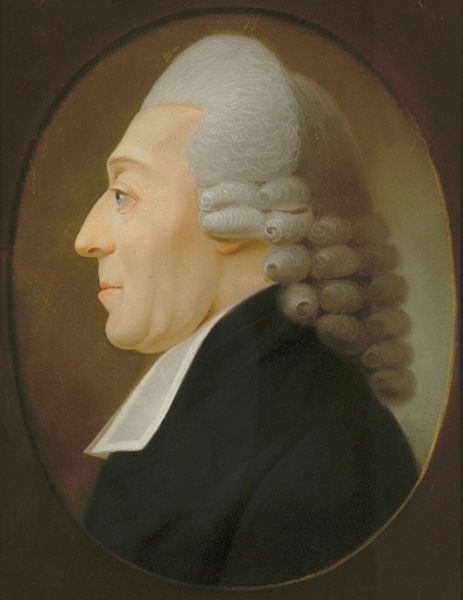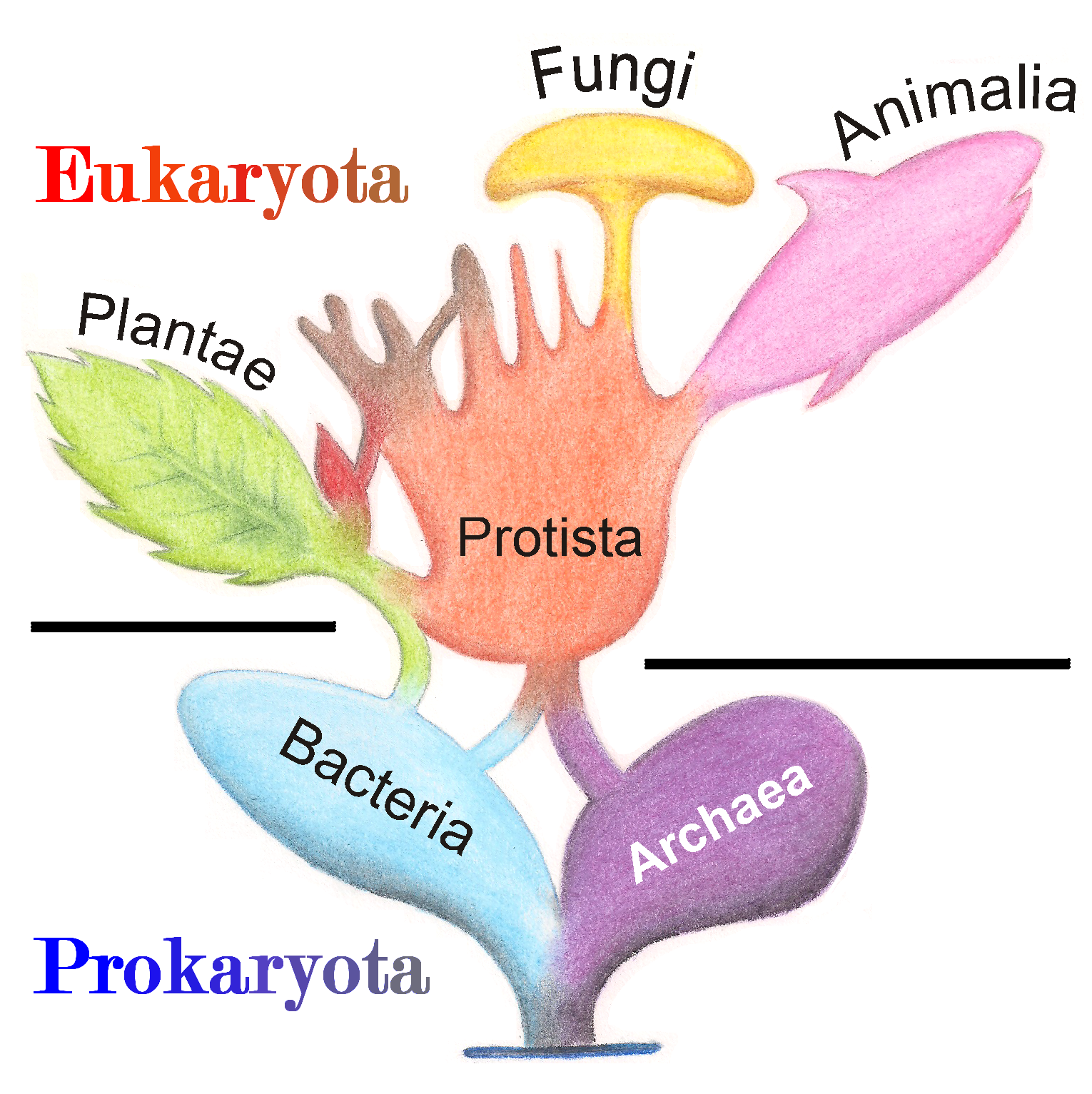|
Eutardigrade
Eutardigrada are a class of tardigrades (Tardigrada) without lateral appendices. Primarily freshwater bound, some species have secondarily gained the ability to live in marine environments ('' Halobiotus''). By cryptobiosis many species are able to live temporarily in very dry environments. More than 700 species have been described. The order Apochela consists of only one family, Milnesiidae, with two genera: '' Milnesium'' and '' Limmenius''. ''Milnesium tardigradum'' can be found worldwide and is one of the biggest species among tardigrades (up to 1.4 mm); similar-looking species have been found in Cretaceous amber. The mouth of this predator has a wide opening, so the animal can eat rotifers and larger protist A protist () is any eukaryotic organism (that is, an organism whose cells contain a cell nucleus) that is not an animal, plant, or fungus. While it is likely that protists share a common ancestor (the last eukaryotic common ancestor), the e ...s. Other eut ... [...More Info...] [...Related Items...] OR: [Wikipedia] [Google] [Baidu] |
Macrobiotidae
Macrobiotidae is a family of tardigrade. , it consists of the following genera: * '' Biserovus'' * ''Calcarobiotus'' ** ''C.'' (''Calcarobiotus'') ** ''C.'' (''Discrepunguis'') * '' Famelobiotus'' * '' Insuetifurca'' * ''Macrobiotus'' * ''Mesobiotus'' * ''Minibiotus'' * '' Minilentus'' * '' Paramacrobiotus'' * '' Pseudodiphascon'' (genus dubium) * '' Pseudohexapodibius'' * '' Schusterius'' * '' Sisubiotus'' * '' Tenuibiotus'' * '' Xerobiotus'' The genera '' Adorybiotus'' and ''Richtersius ''Richtersius'' is a monospecific genus of tardigrades in the family Richtersiidae; its sole species is ''Richtersius coronifer''. ''R. coronifer'' is one of two species of tardigrade that have been shown to survive and continue reproducing afte ...'' were transferred from Macrobiotidae to a new family, Richtersiidae, in 2016. References Tardigrade families Parachaela {{Tardigrade-stub ... [...More Info...] [...Related Items...] OR: [Wikipedia] [Google] [Baidu] |
Tardigrade
Tardigrades (), known colloquially as water bears or moss piglets, are a phylum of eight-legged segmented micro-animals. They were first described by the German zoologist Johann August Ephraim Goeze in 1773, who called them Kleiner Wasserbär ("little water bear"). In 1777, the Italian biologist Lazzaro Spallanzani named them Tardigrada (), which means "slow steppers". They have been found in diverse regions of Earth's biospheremountaintops, the deep sea, tropical rainforests, and the Antarctic. Tardigrades are among the most resilient animals known, with individual species able to survive extreme conditions – such as exposure to extreme temperatures, extreme pressures (both high and low), air deprivation, radiation, dehydration, and starvation – that would quickly kill most other known forms of life. Tardigrades have survived exposure to outer space. There are about 1,300 known species in the phylum Tardigrada, a part of the superphylum Ecdysozoa consisting of anim ... [...More Info...] [...Related Items...] OR: [Wikipedia] [Google] [Baidu] |
Eutardigrades
Eutardigrada are a class of tardigrades (Tardigrada) without lateral appendices. Primarily freshwater bound, some species have secondarily gained the ability to live in marine environments ('' Halobiotus''). By cryptobiosis many species are able to live temporarily in very dry environments. More than 700 species have been described. The order Apochela consists of only one family, Milnesiidae, with two genera: ''Milnesium'' and '' Limmenius''. ''Milnesium tardigradum'' can be found worldwide and is one of the biggest species among tardigrades (up to 1.4 mm); similar-looking species have been found in Cretaceous amber. The mouth of this predator has a wide opening, so the animal can eat rotifers and larger protist A protist () is any eukaryotic organism (that is, an organism whose cells contain a cell nucleus) that is not an animal, plant, or fungus. While it is likely that protists share a common ancestor (the last eukaryotic common ancestor), the e ...s. Other euta ... [...More Info...] [...Related Items...] OR: [Wikipedia] [Google] [Baidu] |
Parachela (tardigrade)
Parachela is an order of tardigrades in the class Eutardigrada. Members of this order have existed for at least 72 million years, including the present. The oldest known species is ''Beorn leggi''. Superfamilies and families The order includes the following superfamilies and families: * Eohypsiboiidea ** Eohypsibiidae * Hypsibioidea ** Calohypsibiidae ** Hypsibiidae ** Microhypsibiidae ** Ramazzottiidae * Isohypsibioidea ** Hexapodibiidae ** Isohypsibiidae * Macrobiotoidea ** Beornidae ** Macrobiotidae Macrobiotidae is a family of tardigrade. , it consists of the following genera: * '' Biserovus'' * ''Calcarobiotus'' ** ''C.'' (''Calcarobiotus'') ** ''C.'' (''Discrepunguis'') * '' Famelobiotus'' * '' Insuetifurca'' * ''Macrobiotus'' * '' ... ** Murrayidae ** Necopinatidae ** Richtersiidae References External links * * Protostome orders Polyextremophiles {{Tardigrade-stub ... [...More Info...] [...Related Items...] OR: [Wikipedia] [Google] [Baidu] |
Necopinatidae
''Necopinatidae'' is a family of water bears or moss piglets, tardigrades in the class Eutardigrada Eutardigrada are a class of tardigrades (Tardigrada) without lateral appendices. Primarily freshwater bound, some species have secondarily gained the ability to live in marine environments ('' Halobiotus''). By cryptobiosis many species are able .... It contains the following species in two genera * '' Apodibius'' ** '' Apodibius confusus'' Dastych, 1983 ** '' Apodibius nuntius'' Binda, 1986 ** '' Apodibius richardi'' Vargha, 1995 ** '' Apodibius serventyi'' Morgan & Nicholls 1986 * '' Necopinatum'' ** '' Necopinatum mirabile'' Pilato, 1971 References External links Parachaela Tardigrade families Polyextremophiles {{tardigrade-stub ... [...More Info...] [...Related Items...] OR: [Wikipedia] [Google] [Baidu] |
Protist
A protist () is any eukaryotic organism (that is, an organism whose cells contain a cell nucleus) that is not an animal, plant, or fungus. While it is likely that protists share a common ancestor (the last eukaryotic common ancestor), the exclusion of other eukaryotes means that protists do not form a natural group, or clade. Therefore, some protists may be more closely related to animals, plants, or fungi than they are to other protists. However, like the groups ''algae'', ''invertebrates'', and '' protozoans'', the biological category ''protist'' is used for convenience. Others classify any unicellular eukaryotic microorganism as a protist. The study of protists is termed protistology. History The classification of a third kingdom separate from animals and plants was first proposed by John Hogg in 1860 as the kingdom Protoctista; in 1866 Ernst Haeckel also proposed a third kingdom Protista as "the kingdom of primitive forms". Originally these also included prokaryote ... [...More Info...] [...Related Items...] OR: [Wikipedia] [Google] [Baidu] |
Rotifer
The rotifers (, from the Latin , "wheel", and , "bearing"), commonly called wheel animals or wheel animalcules, make up a phylum (Rotifera ) of microscopic and near-microscopic pseudocoelomate animals. They were first described by Rev. John Harris in 1696, and other forms were described by Antonie van Leeuwenhoek in 1703. Most rotifers are around long (although their size can range from to over ), and are common in freshwater environments throughout the world with a few saltwater species. Some rotifers are free swimming and truly planktonic, others move by inchworming along a substrate, and some are sessile, living inside tubes or gelatinous holdfasts that are attached to a substrate. About 25 species are colonial (e.g., ''Sinantherina semibullata''), either sessile or planktonic. Rotifers are an important part of the freshwater zooplankton, being a major foodsource and with many species also contributing to the decomposition of soil organic matter. Most species of the r ... [...More Info...] [...Related Items...] OR: [Wikipedia] [Google] [Baidu] |
Predator
Predation is a biological interaction where one organism, the predator, kills and eats another organism, its prey. It is one of a family of common feeding behaviours that includes parasitism and micropredation (which usually do not kill the host) and parasitoidism (which always does, eventually). It is distinct from scavenging on dead prey, though many predators also scavenge; it overlaps with herbivory, as seed predators and destructive frugivores are predators. Predators may actively search for or pursue prey or wait for it, often concealed. When prey is detected, the predator assesses whether to attack it. This may involve ambush or pursuit predation, sometimes after stalking the prey. If the attack is successful, the predator kills the prey, removes any inedible parts like the shell or spines, and eats it. Predators are adapted and often highly specialized for hunting, with acute senses such as vision, hearing, or smell. Many predatory animals, both vertebra ... [...More Info...] [...Related Items...] OR: [Wikipedia] [Google] [Baidu] |
Amber
Amber is fossilized tree resin that has been appreciated for its color and natural beauty since Neolithic times. Much valued from antiquity to the present as a gemstone, amber is made into a variety of decorative objects."Amber" (2004). In Maxine N. Lurie and Marc Mappen (eds.) ''Encyclopedia of New Jersey'', Rutgers University Press, . Amber is used in jewelry and has been used as a healing agent in folk medicine. There are five classes of amber, defined on the basis of their chemical constituents. Because it originates as a soft, sticky tree resin, amber sometimes contains animal and plant material as inclusions. Amber occurring in coal seams is also called resinite, and the term ''ambrite'' is applied to that found specifically within New Zealand coal seams. Etymology The English word ''amber'' derives from Arabic (ultimately from Middle Persian ''ambar'') via Middle Latin ''ambar'' and Middle French ''ambre''. The word was adopted in Middle English in the 14th centu ... [...More Info...] [...Related Items...] OR: [Wikipedia] [Google] [Baidu] |
Cretaceous
The Cretaceous ( ) is a geological period that lasted from about 145 to 66 million years ago (Mya). It is the third and final period of the Mesozoic Era, as well as the longest. At around 79 million years, it is the longest geological period of the entire Phanerozoic. The name is derived from the Latin ''creta'', " chalk", which is abundant in the latter half of the period. It is usually abbreviated K, for its German translation ''Kreide''. The Cretaceous was a period with a relatively warm climate, resulting in high eustatic sea levels that created numerous shallow inland seas. These oceans and seas were populated with now-extinct marine reptiles, ammonites, and rudists, while dinosaurs continued to dominate on land. The world was ice free, and forests extended to the poles. During this time, new groups of mammals and birds appeared. During the Early Cretaceous, flowering plants appeared and began to rapidly diversify, becoming the dominant group of plants across the Ear ... [...More Info...] [...Related Items...] OR: [Wikipedia] [Google] [Baidu] |
Milnesium Tardigradum
''Milnesium tardigradum'' is a cosmopolitan species of tardigrade that can be found in a diverse range of environments. It has also been found in the sea around Antarctica. ''M. tardigradum'' was described by Louis Michel François Doyère in 1840. It contains unidentified osmolytes that could potentially provide important information in the process of cryptobiosis. Description Morphology ''M. tardigradum'' has a symmetrical body with a total of eight legs; it uses claws—a distinctive feature for this tardigrade species. The total length of the body varies, with some measuring up to 0.7 mm in length. ''M. tardigradum'' have been found to possess a high level of radioresistance. In 2007, individuals of two tardigrade species, ''Richtersius coronifer'' and ''M. tardigradum'', were subject to the radiation, near-vacuum, and near-absolute zero conditions of outer space as part of the European Space Agency's Biopan-6 experiment. Three specimens of ''M. tardigradum'' surviv ... [...More Info...] [...Related Items...] OR: [Wikipedia] [Google] [Baidu] |
Limmenius
''Limmenius'' is a genus of tardigrades with one species, ''Limmenius porcellus''. References External links * A specimen of ''Limmenius porcellus''at the Museum of New Zealand The Museum of New Zealand Te Papa Tongarewa is New Zealand's national museum and is located in Wellington. ''Te Papa Tongarewa'' translates literally to "container of treasures" or in full "container of treasured things and people that spring ... Apochela Tardigrade genera Monotypic protostome genera {{Tardigrade-stub ... [...More Info...] [...Related Items...] OR: [Wikipedia] [Google] [Baidu] |



_with_its_prey.jpg)

